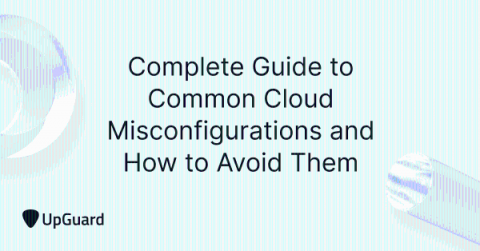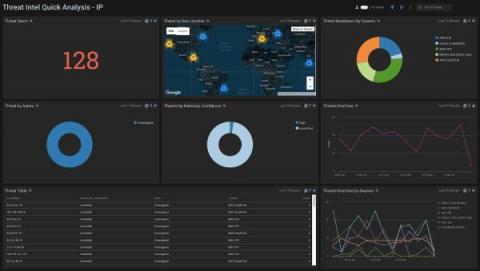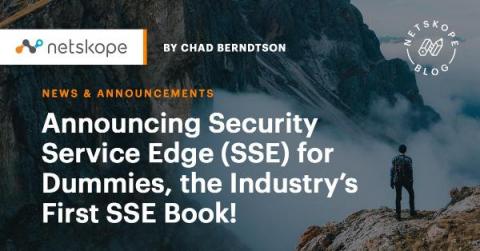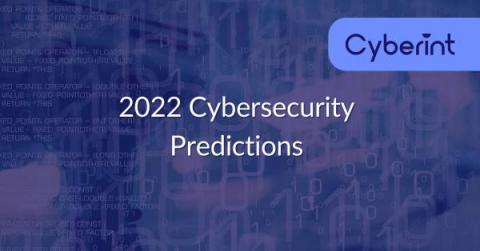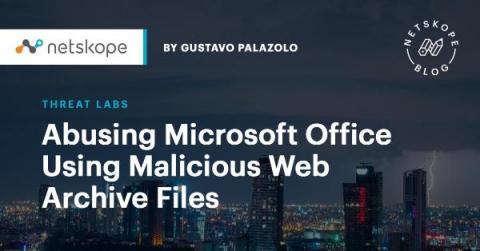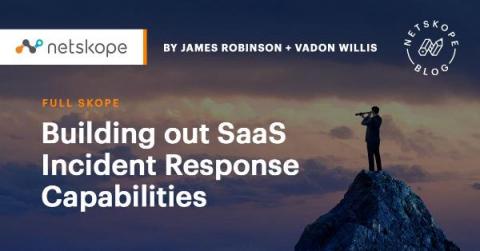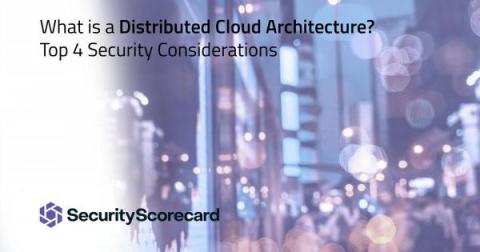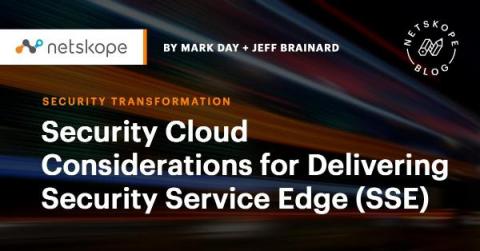Complete Guide to Common Cloud Misconfigurations and How to Avoid Them
Companies are increasingly moving their IT operations to IaaS (infrastructure-as-a-service) solutions. Gartner estimates that by 2022, about 60% of business entities will be leveraging cloud-managed offerings, doubling the recorded use in 2018. Cloud offerings like Amazon Web Services (AWS) are generally secure. But since IaaS uses a shared security model, there's a great chance of data security issues, including cybersecurity and workload concerns.


